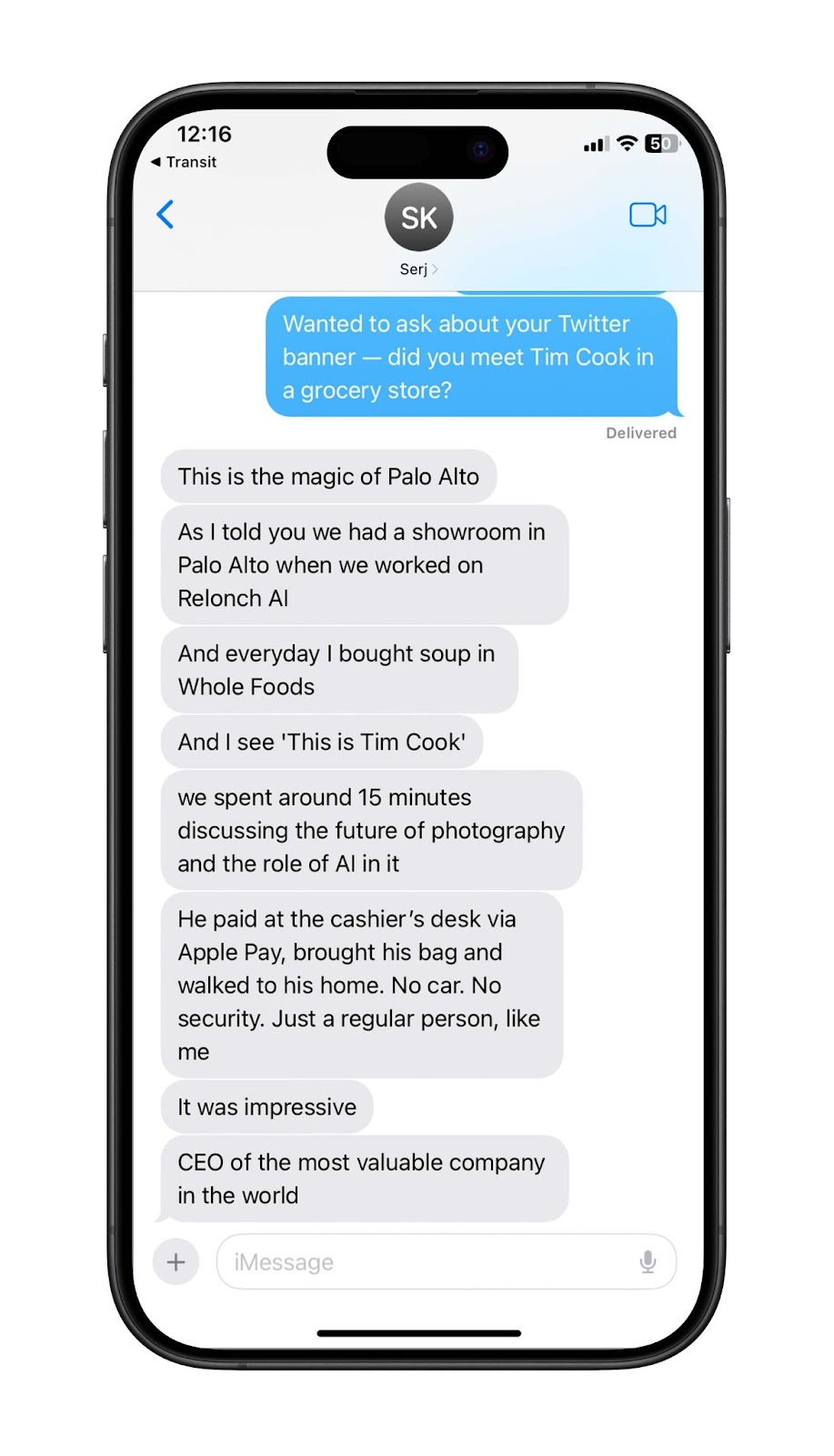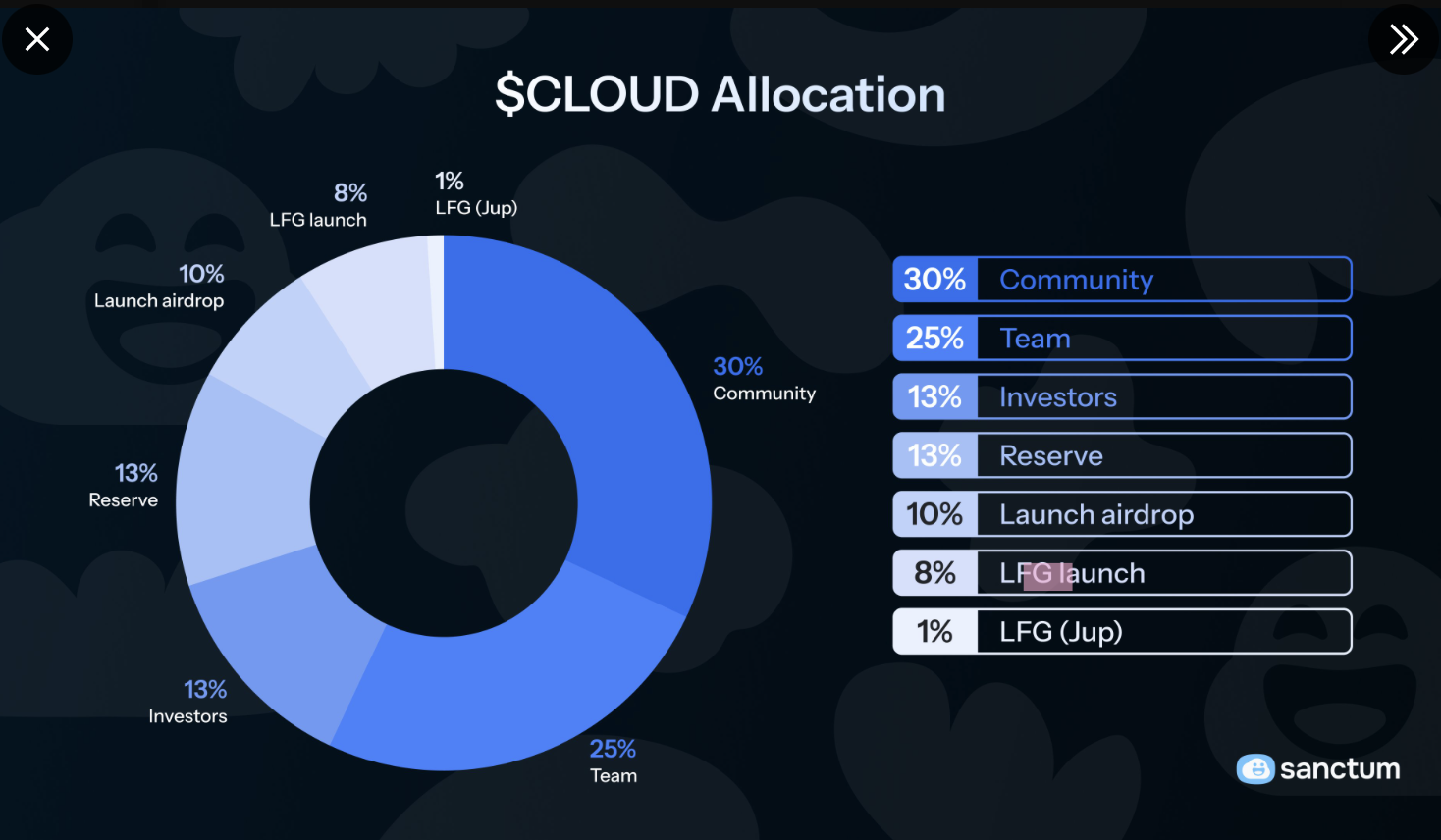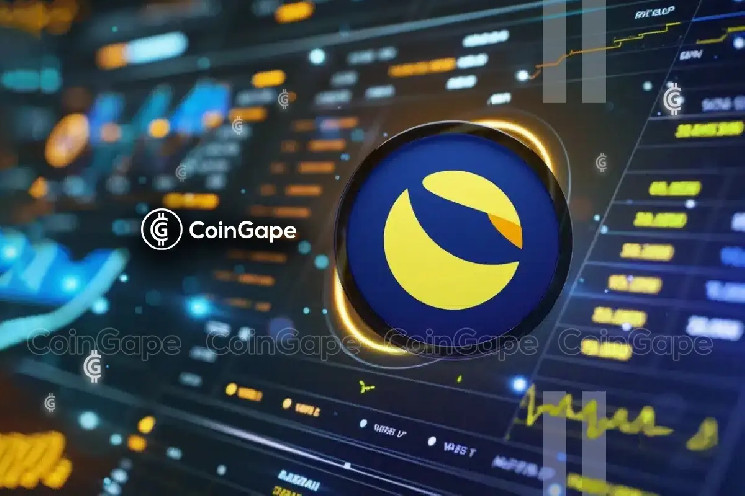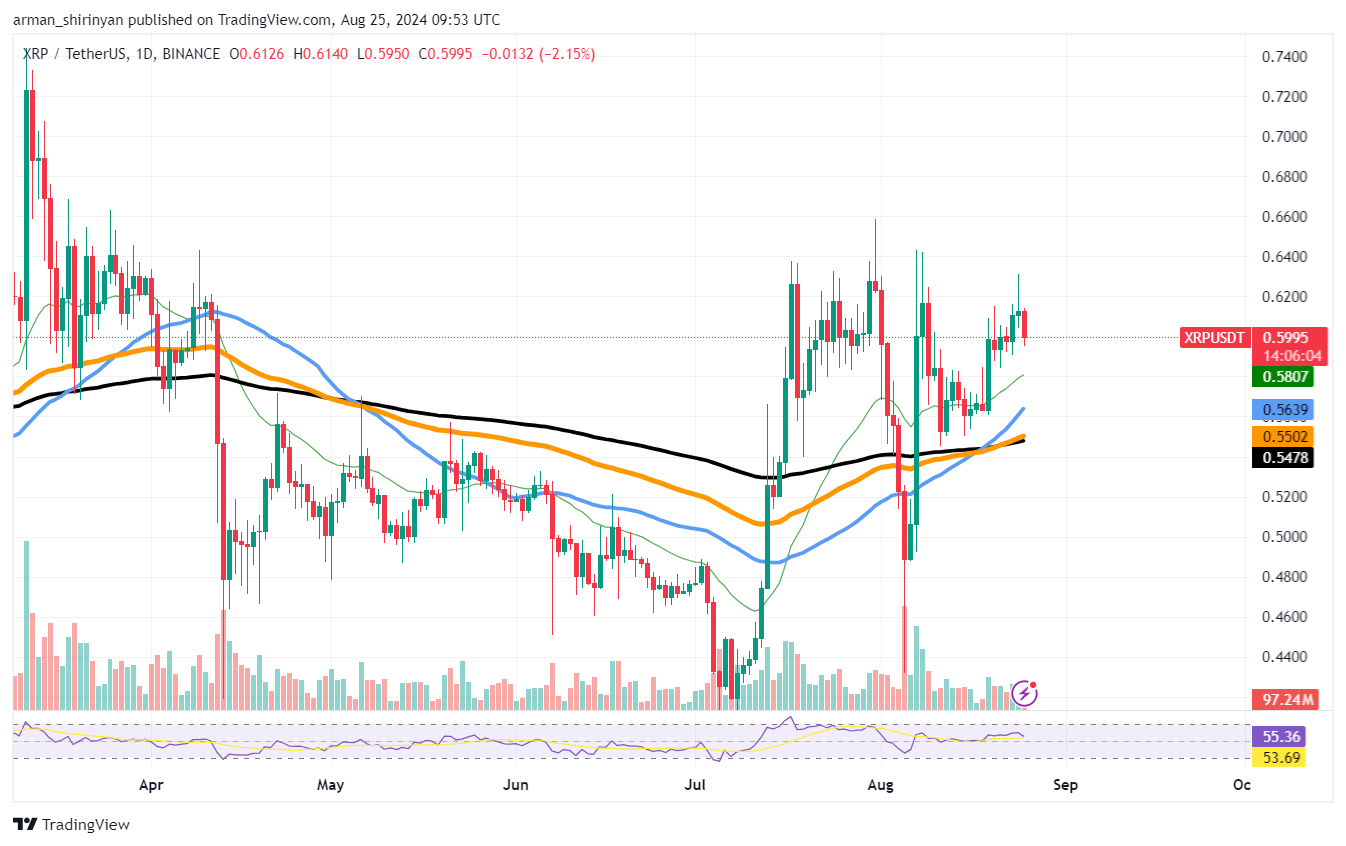Howdy!
We at Lightspeed HQ have been talking lately about the smooth jazz that Slack plays when you sit alone in a huddle. Kind of soothing, no?
I listened for a few minutes while newsletter-ing yesterday, and had a pretty good time (though it became reminiscent of elevator music after a while, I should note). Still, lonesome Slack huddles could be the backup plan if Spotify keeps jacking up its prices, which leads us into today’s main item:
DePlan is trying to ease the subscription burden
DePlan co-founder Serj Korj was sharing his screen with me when he pulled up a Wall Street Journal article titled “People Are Sick and Tired of All Their Subscriptions.” The irony, Korj noted with a grin, was that this article could only be read with a WSJ subscription.
This is the problem Korj’s startup, a micropayments platform built on Solana, is trying to solve.
DePlan lets companies price their products based on small increments of time. So, rather than spending a lump sum monthly fee to read a few articles per month, users could pay a few cents per minute they spend actually reading articles, for instance.
This sort of innovation is only possible on blockchain rails, and is especially enabled by Solana’s cheap fees, Korj argues.
Stripe, a popular fintech tool for subscription services, charges a standard fee of $0.30 plus 2.9% of the payment. If you tried DePlan on Stripe, in other words, consumers could pay more on fees than on the services themselves.
When I tried DePlan for myself, I used chart-making software that showed a $0.20 hourly price and prompted me to “Pay-As-You-Go” using DePlan’s native token. I logged off after a few minutes of chart-making. When I re-opened the app the next morning, a few cents had disappeared from my account, and the transaction was visible on Solana’s blockchain explorer. I was charged a fraction of a cent in fees.
DePlan’s model for “slicing pricing” makes a bet that prices will become more precise over time. Adobe used to charge a set price for Photoshop, Korj pointed out. In 2013, the software company started charging a monthly fee for its set of creative tools. In the decade since, a raft of digital firms have shifted to this subscription-based model, most often at a monthly rate.
In DePlan’s telling, most consumers don’t like the financial strain of monthly subscriptions, and companies are losing business to free plans and subscriber churn from users who don’t use the services enough to justify a high monthly fee.
I brought it up to Korj that consumers might not want to pay hourly for their software usage: I wouldn’t want to have to think about an hourly fee while using Spotify, for instance. Korj admitted that DePlan would require consumers changing their “mental models” toward subscriptions, but he said consumers broadly are sick of the subscription wallet drain, and flat-fee subscriptions are unfair insofar as occasional users subsidize more regular users by paying the same price.
For now, only two web products are live on DePlan. The platform also currently runs on DePlan tokens, which Korj said he plans to use partly as a marketing tool to bring users to the platform via small airdrops. Korj added that he’s open to adding something like stablecoins for payments in the future, and DePlan has had multiple conversations with the Circle team.
There’s one other interesting point Korj brought up: If platforms can reliably extract micropayments from users, that could provide credence for a shift away from the internet industry’s advertising-based business model — and all its consequences for user privacy and platform quality.
— Jack Kubinec
Zero In
$0.025
Or, in plain English, a little more than two cents: That’s roughly the average transaction fee for non-vote Solana transactions in the past 24 hours, according to Solana Compass. This includes optional priority fees users can attach to try getting their transactions confirmed more quickly.
Solana’s low fees are a big reason why so many in the Solana world (including PayPal) are excited about the network’s potential for payments. The current fiat payment system contains intermediaries like credit card companies that charge a couple percentage points in fees — and could potentially make it cheaper for payments to happen on crypto rails.
Notably, those two cents are more than what Solana users used to pay on average: As recently as November 2023, the average fee was roughly one-tenth the current figure, per Solana Compass.
— Jack Kubinec
The Pulse
Sanctum is the talk of the town this morning after announcing an upcoming airdrop for its new $CLOUD token. Sanctum is a liquid staking platform on Solana, known partly for its INF token that represents a basket of liquid staking tokens (LSTs).
Staking allows users to earn rewards by locking up their assets, but this usually comes at the sacrifice of liquidity. Sanctum addresses this by converting staked SOL into LSTs, which remain liquid and tradable. Its INF token is also aimed at increasing the diversity of LSTs that can exist.
$CLOUD enhances this system by providing additional incentives and governance capabilities, enabling users to continue earning yields without losing access to their assets.
It will be distributed through a community-focused airdrop, and will play a crucial role in governance, partnership programs and future developments within the ecosystem. Its gamified loyalty program, Wonderland, has already garnered over 300,000 sign-ups.
The buzz on social media indicates an excited user base. User @HendriJaya2023 called it “the best campaign so far,” noting their enjoyment of the campaign’s game elements. Others, such as user @junogodxx, simply stated that the announcement was “impressive.”
— Jeffrey Albus
One Good DM
A message from Serj Korj, co-founder of DePlan:








